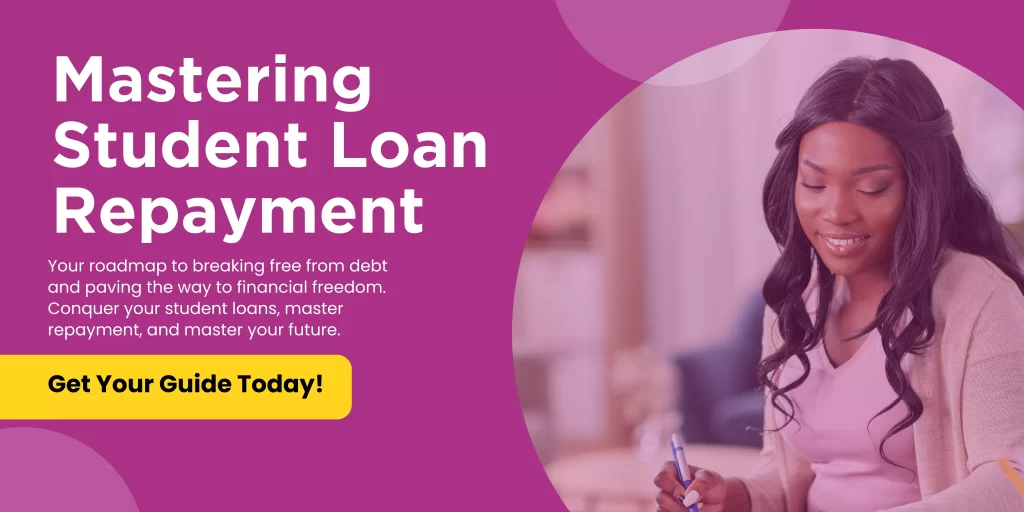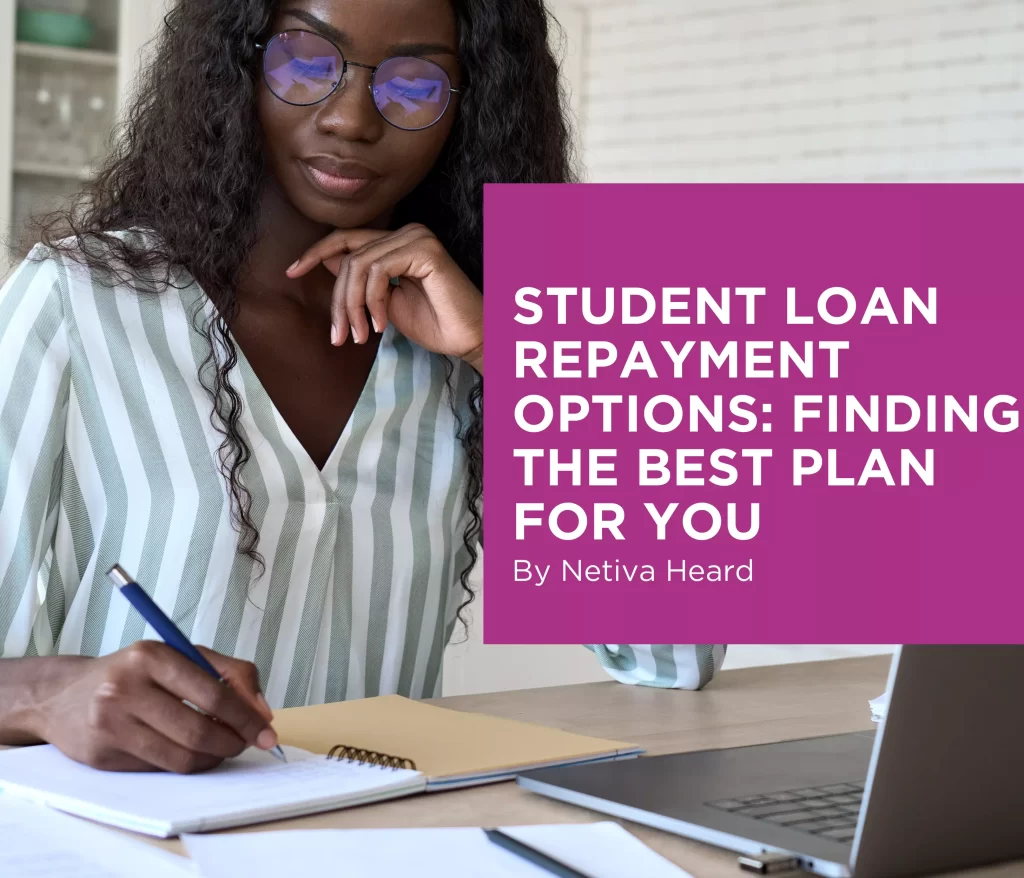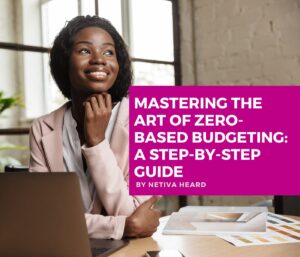Are you feeling overwhelmed by your student loan repayment options? Don't worry, you're not alone. Many borrowers find themselves confused when it comes to choosing the right repayment plan.
But fear not, because, in this article, we will break down the different options available to you and help you find the best plan for your specific needs.
Standard Repayment Plan: Pay Less in Interest Over Time
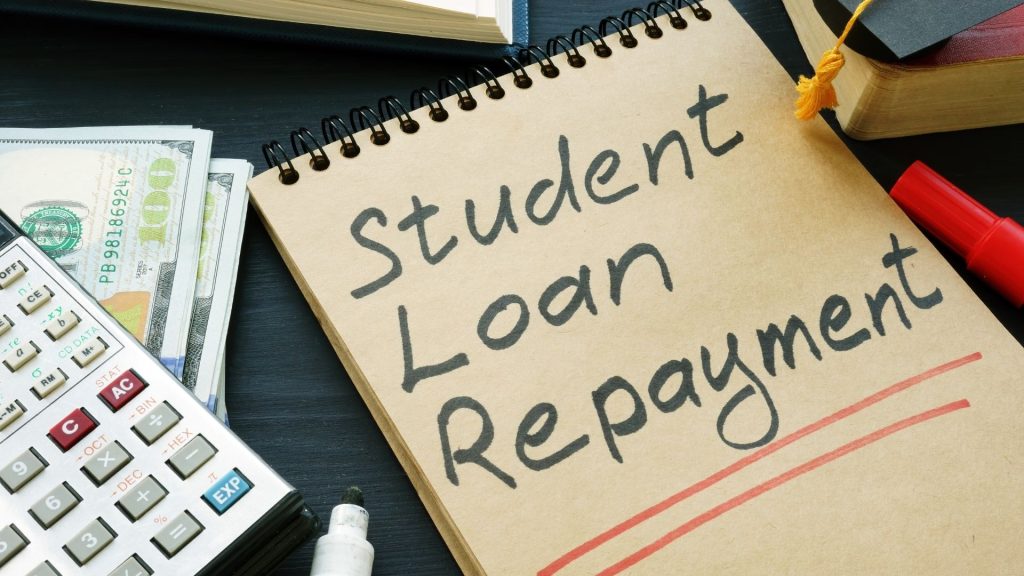
If you want to pay less interest, the best repayment option for you is the standard repayment plan.
Under the standard student loan repayment plan, you make equal monthly payments for a period of 10 years. This plan is ideal if you can afford the standard payments, as it allows you to pay off your loans faster and accrue less interest compared to other federal repayment plans.
Income-Driven Repayment (IDR) Plans: Lower Payments and Loan Forgiveness
If you want lower monthly payments and the possibility of loan forgiveness, the best repayment option for you is an income-driven repayment plan.
The government offers four types of IDR plans: income-based repayment, income-contingent repayment, Pay As You Earn (PAYE), and Saving on a Valuable Education (SAVE). These plans are designed for borrowers with low income who cannot afford the standard repayment.
Income-driven plans calculate your monthly payments based on a percentage of your discretionary income (each plan’s percentage varies). If you are unemployed or underemployed, your payments can be as small as $0.
The duration of repayment for IDR plans is extended to 20 or 25 years, depending on your type of debt. At the end of the repayment term, you may be eligible for IDR student loan forgiveness, although you may have to pay taxes on the forgiven amount.
It's important to note that the Education Department has announced a new IDR plan option that would cut payments by at least half and forgive some borrowers' debt after 10 years instead of 20 or 25. However, as of this writing, this plan is not yet finalized or available to borrowers.
To enroll in these plans, you can apply for income-driven repayment with your federal student loan servicer or through studentaid.gov. When applying, you can choose your preferred plan or opt for the lowest payment. In most cases, taking the lowest payment is the best choice, but you should consider your options if you file your taxes jointly.
Graduated Repayment Plan: Lower Payments for High-Income Borrowers

If you have a high income but still want lower payments, the best repayment option for you is the graduated student loan repayment plan.
Under the graduated repayment plan, your payments start low and then increase every two years for a total duration of 10 years. Initially, your payments may be as low as the interest accruing on your loan. Graduated repayment allows you to have more disposable income in the short term, which can be beneficial if you have other financial goals, such as saving for a down payment on a home. However, it's important to note that you will end up paying more interest compared to the standard repayment plan.
Before choosing the graduated plan, you should consider whether you can comfortably manage the larger payments that will come later in the repayment term. Generally, it is advisable to stick with the standard plan if you can afford it.
To enroll in the graduated repayment plan, you can contact your federal student loan servicer, who will assist you in changing your repayment plan.
Extended Repayment Plan: Lower Payments with a Longer Repayment Term
If you want to lower your payments by extending your repayment period, the best option for you is the extended student loan repayment plan.
The extended plan allows you to reduce your payments by stretching your repayment period to as long as 25 years. However, you must owe more than $30,000 in federal student loans to qualify for extended repayment.
Under the extended repayment plan, you can choose to pay the same amount each month throughout the extended loan term, similar to the standard repayment plan. Alternatively, you can opt for graduated payments that increase every two years. Either way, you will have a clear understanding of your monthly payments for the foreseeable future.
It's important to note that the extended repayment plan does not offer loan forgiveness like the income-driven repayment plans do. You will be required to pay off the loan completely by the end of the repayment term.
To enroll in the extended repayment plan, you can contact your federal student loan servicer, who will guide you through the process.
Pay Off Your Loans Sooner: Prepayment Options

If you have the means and want to get rid of your debt sooner than your monthly payments allow, you can consider prepaying your loans while you are still in school. This strategy will save you on interest, especially if you are on the standard repayment plan. To ensure that your extra payments go toward reducing your principal balance, be sure to inform your student loan servicer about your intentions.
Temporary Payment Pause: Deferment or Forbearance
If you find yourself in a situation where you need to temporarily pause your payments, you may be eligible for deferment or forbearance. It's important to note that some loans accrue interest during deferment, and all loans accrue interest during normal forbearance periods. This means that your total debt will increase due to the accruing interest.
If your financial struggles are related to your income, income-driven repayment is a better option. Income-driven plans can reduce your payments to $0, and these payments still count toward loan forgiveness.
Public Service Loan Forgiveness (PSLF): Eligibility and Repayment Plans
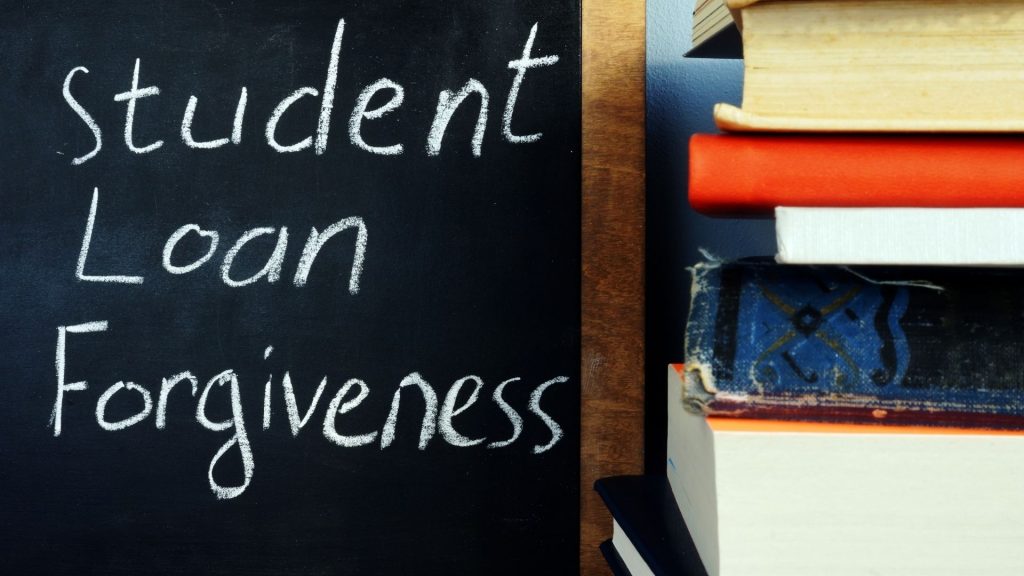
If you qualify for Public Service Loan Forgiveness, the best repayment option for you is income-driven repayment.
Public Service Loan Forgiveness is a federal program available to the government, public school teachers, and certain nonprofit employees. If you are eligible, you may qualify to have your remaining loan balance forgiven tax-free after making 120 qualifying loan payments.
It's important to note that only payments made under the standard repayment plan or an income-driven repayment plan qualify for PSLF. To maximize the benefits of PSLF, it is recommended to make the majority of the 120 payments on an income-driven plan. If you choose the standard plan, you may end up paying off the loan before it becomes eligible for forgiveness.
To enroll in these plans, you can apply for income-driven repayment with your loan servicer or through studentaid.gov.
Teacher Loan Forgiveness (TLF)
This is a special program designed to reduce the student loan burden for teachers.
To be eligible for TLF, you need to have taught full-time at an eligible school for five consecutive academic years, with at least one of those years being after the 1997-98 academic year.
TLF forgives up to $17,500 of your Direct or Federal Stafford Loans if you're a highly qualified special education or secondary math/science teacher. Other eligible teachers can qualify for up to $5,000 in forgiveness.
Only Direct or Federal Stafford Loans are eligible for forgiveness through the TLF program. PLUS Loans and Perkins Loans don't qualify.
Any time spent teaching to receive benefits through AmeriCorps cannot be counted towards the required five years of teaching for TLF.
You have the option to apply for a Teacher Loan Forgiveness Forbearance, which allows you to temporarily stop making monthly loan payments (though interest continues to accrue). However, if your loan balance exceeds the TLF amount you're applying for, you won't be eligible for this forbearance.
You can apply for TLF once you've completed the five-year teaching requirement. Make sure to learn more about the TLF Program and its specific application procedures.
Private Student Loans: Alternative Repayment Options
It's worth noting that private student loans do not qualify for income-driven repayment. However, some private lenders offer temporary payment reduction options. If you are struggling with private student loan repayment, it's advisable to contact your lender and inquire about the available options.
If you have a credit score in the high-600s or have a cosigner with a high credit score, refinancing your private student loans at a lower interest rate may be a viable solution. Numerous lenders provide student loan refinancing, so be sure to compare your options before applying to secure the best possible rate.
Refinancing federal student loans with private lenders is also an option, but it's important to consider the risks. Refinancing federal loans means giving up benefits such as income-driven repayment plans and loan forgiveness. Only refinance federal loans if you are comfortable relinquishing those options.
Final Thoughts
Navigating the world of student loan repayment options can be daunting. However, by understanding the different plans available and assessing your financial situation, you can make an informed decision that aligns with your goals.
Remember to consider factors such as your income, loan amount, interest rates, and long-term financial objectives when selecting the best repayment plan for you.
If you need further assistance, don't hesitate to reach out to your loan servicer or seek guidance from a financial advisor.
